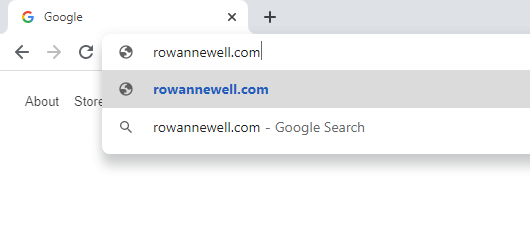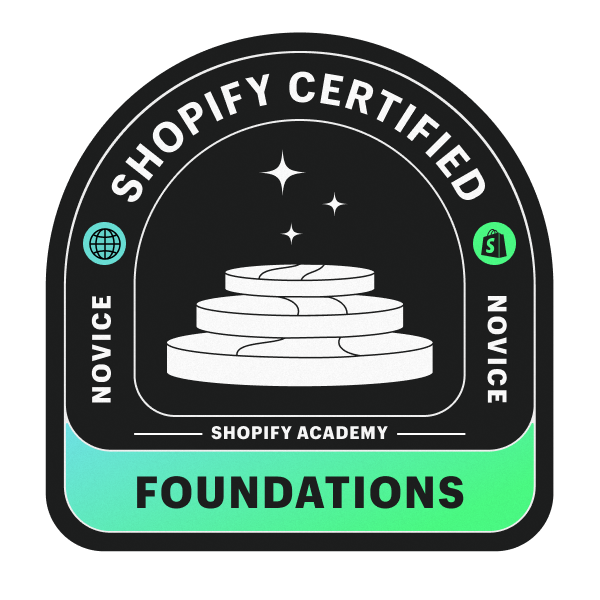So, you’ve got your website, and your lead funnel is pushing clients to it, but your business isn’t getting as many inquiries compared to the number of visitors. Well, my friend, you might have a poor conversion rate! But don’t stress—that’s where Conversion Rate Optimisation (CRO) comes in.
As the name suggests, CRO is all about making adjustments to your website to increase the number of site visitors (potential leads) who actually make contact with you or take some predetermined action. A visitor counts as a conversion when they complete this predetermined action on your website, which varies depending on your business and the goals of your site. Common actions include submitting a contact form, signing up for a newsletter, clicking a ‘call now’ button, or purchasing a product.
Benefits of CRO
Now, you might be wondering, why should I invest time and effort into CRO? Well, let’s dive into some of the key benefits:
• Increase Revenue: One of the most compelling reasons to focus on CRO is its direct impact on your bottom line. By converting a higher percentage of your existing traffic, you can increase sales without spending more on marketing to drive additional visitors to your site.
• Better ROI: CRO helps you get more out of your current marketing efforts. Since you’re optimising for the traffic you already have, every improvement in conversion rate boosts the return on your marketing investment.
• Improved User Experience: CRO often involves enhancing the user experience, making your website more intuitive and enjoyable to navigate. A better user experience not only increases conversions but also boosts customer satisfaction and retention.
• Data-Driven Decisions: CRO allows you to make informed decisions based on real user data. By understanding what works and what doesn’t, you can focus your resources on changes that truly make an impact.
The average conversion rate is between 2-4%, though this can vary widely depending on your business and target market. The best approach is to establish your current baseline conversion rate and work to improve it over time. So, if your current conversion rate is only 0.5% and you increase it to 1%, that’s not necessarily low; in fact, you’ve just increased your conversion rate by 100%!
The key here is to establish a baseline and aim for continuous improvement over time.
How CRO Applies to Different Business Models
Conversion Rate Optimisation isn’t a one-size-fits-all approach—it can be tailored to suit different types of businesses. Whether you’re running an e-commerce store, a service-based business, or a content-driven website, CRO can help you achieve your goals more effectively.
1. E-commerce Stores
- The Goal: For e-commerce businesses, the primary goal is to increase sales. CRO focuses on guiding visitors smoothly through the purchasing process, reducing friction at each step.
- How to Apply CRO: Techniques like optimising product pages with clear, high-quality images and compelling product descriptions, simplifying the checkout process, and using scarcity tactics like “limited stock” notifications can significantly boost conversions. A/B testing different layouts or offers can help determine what drives the most sales.
2. Service-Based Businesses
- The Goal: For service providers, the aim is often to generate leads or inquiries. CRO efforts are usually centred around getting visitors to fill out a contact form, request a quote, or book a consultation.
- How to Apply CRO: Optimise your landing pages with clear value propositions and CTAs that encourage visitors to take action. Include trust signals like client testimonials or certifications to build credibility. Simplifying your contact forms to ask only for essential information can reduce barriers to conversion.
3. Content-Driven Websites
- The Goal: If your website focuses on content, such as a blog or news site, the goal might be to grow your email subscriber list or increase engagement.
- How to Apply CRO: Encourage visitors to subscribe to your newsletter by offering exclusive content or a free resource in exchange for their email address. Use CTAs strategically within your content to guide readers towards subscribing or engaging further. Testing different placements and formats for subscription prompts can help identify what works best.
4. SaaS and Subscription-Based Businesses
- The Goal: For SaaS companies or subscription services, the goal is often to convert visitors into trial users or paying customers.
- How to Apply CRO: Highlighting the unique value of your software or service and offering a free trial can encourage sign-ups. Optimise your pricing page with clear, concise information and comparisons to guide visitors towards choosing a plan. Use A/B testing to determine the most effective messaging and layout for driving conversions.
No matter what type of business you run, the principles of CRO remain the same: understand your audience, test changes, and use data to make informed decisions. By applying CRO strategies that align with your specific business model, you can improve the effectiveness of your website and achieve better results.
Common CRO Techniques and Strategies
Ready to start optimising your website? Here are some tried-and-true techniques and strategies you can use to boost your conversion rates:
- A/B Testing: This is the bread and butter of CRO. A/B testing involves creating two versions of a webpage or element and testing them against each other to see which performs better. For instance, you might test different headlines, CTAs, or page layouts to determine which version resonates more with your audience.
- Heatmaps and Analytics: Tools like heatmaps and user session recordings provide insights into how visitors interact with your site. You can see where users are clicking, how far they’re scrolling, and which areas are being ignored. This data helps you identify potential roadblocks and opportunities for improvement.
- Optimising Landing Pages: Your landing pages are often the first point of contact with potential customers, so optimising them is crucial. Focus on having a clear, compelling headline, a strong CTA, and minimising distractions to guide visitors towards the desired action.
- Social Proof: Leverage the power of social proof by showcasing customer reviews, testimonials, and case studies. Seeing that others have had a positive experience with your product or service builds trust and can encourage more conversions.
- Simplifying Forms: If your website uses forms to collect information or generate leads, keep them as simple as possible. The fewer fields a user has to fill out, the more likely they are to complete the form. Only ask for essential information to minimise friction.
When looking to implement CRO, if you haven’t done it on your website before, there may be a number of ‘quick wins’ you can implement simultaneously, such as adding CTAs (Call-to-Actions) and social proof.
However, if you make multiple changes at once, it becomes difficult to know which changes actually affected the conversion rate and which had no effect at all.
Once you’ve established the basics and are looking to refine CRO, it’s important to make changes incrementally and regularly test how each change affects the conversion rate. Remember, CRO is an ongoing process of testing, learning, and improving.



